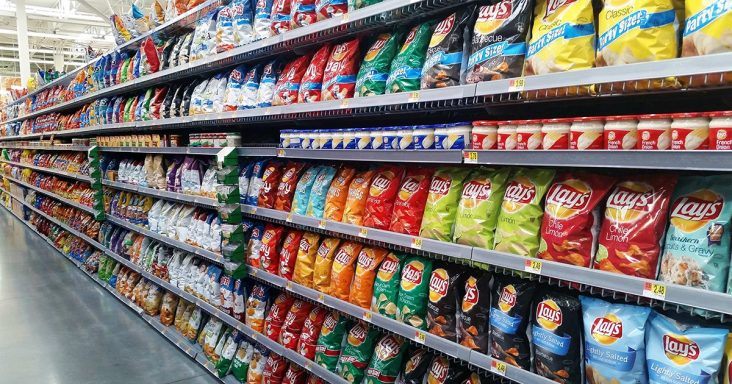Grocery prices rose 15.1% in June from a year ago
by July 12, 2022 4:02 pm 1,057 views

Consumers are seeing record grocery prices with the latest inflationary report indicating prices are up 15.1% from a year ago and up 7.4% since the start of 2022, according to marketing firm Numerator.
Overall grocery prices continued to rise in June with beverages seeing the largest impact. While spending remained elevated, optimism is at an all-time low as consumers switch to club and dollar stores to save, Numerator reports.
“As the cost of everyday goods continues to rise, consumers are shopping around to find value,” said Numerator CEO Eric Belcher. “Many of these shifts, including high-income households trading down to dollar stores, are unexpected.”
The grocery retail categories most impacted include frozen meat up 28%, chips up 26%, poultry up 25%, water up 22%, milk and milk substitutes up 17% in the four-week period ending July 3, compared to the same time last year. Beverages are the most impacted department in the grocery sector. Among the top-selling categories in the grocery sector, five beverage categories rank in the top 10 for highest inflation rates. Juice and coffee prices are up 17% along with sports drinks. Soft drink prices increased by 14%. Beer prices rose 6% while wine cost 5% more in June. Spirits prices were up 3%, according to the Numerator data.
Prepared meals cost consumers 16% more in June as did non-seasonal candy. Vegetables were 14% more expensive as was cheese, and ice cream prices rose 12%. Prices for beef were up 5% as were pork costs. Fresh fruit costs rose 2%.
Numerator found health & beauty inflation remained relatively flat in June hovering between 10% and 11%, down from the January highs of 14.7%. Health products like performance shakes were up 25%, and hair accessories were up 23% more costly in June. Skin care cleansers and hair color were up 20% and 17%, respectively, from a year ago. Toothpaste was also up 17%. Shampoo costs rose 11% as did aspirin prices and other digestive health meds. In the midst of summer, sun care products are 5% more expensive and allergy meds will cost 7% more than they did a year ago, Numerator reports.
The report found household items’ rate of inflation slowed with overall prices being 11.3% more costly in June which was down 5.9% from the prior month with more promotional deals being offered. The household categories most impacted were facial tissue up 32%, and plastic wrap & foil costs rose 27%, as did brooms, mops & brushes. Household batteries also were 27% more costly and disposable dinner wear costs rose 23% from a year ago.
Plastic trash bags are 21% more expensive as are all-purpose household cleaners. It costs 19% more for laundry detergent and 17% more for fabric softener in June, compared to a year ago.
Numerator also found spending remains elevated because of the higher prices, but there are signs of softening demand with consumers making fewer store trips amid record high fuel prices. Consumers are making stock-up trips in physical stores when possible with in-store spending hitting a 24% increase in June. Numerator said clubs and dollar stores are seeing the largest gains at 15% and 14%, respectively, as consumers seek values and use coupons.
Numerator found 47.4% of those surveyed in July rated their financial situation as good, down from 56.2% in July of last year.
Rising commodity costs are at the root of the rising food and consumable prices at retail, according to a July 12 report from analysts at Stephens Inc. The prices of wholesale corn used in food production averaged $7.67 per bushel in the second quarter, up 18% from a year ago and 17.1% higher than in the first quarter of the year. Stephens is modeling corn prices to be $6.82 per bushel for the year, up 18% over last year.
Stephens reports wholesale egg prices are up 211% from a year ago this week. Butter is 73% more costly. Wheat, another major food ingredient, is up 55.7%. Packaging materials are also more costly with corrugated cardboard priced 17.8% more than a year ago while glass containers are 12.3% more expensive. Plastic resin prices are up 7.5% year-over-year, and fuel costs to transport raw materials and finished goods are up 57% on the wholesale market, according to the Stephens report.
